How Forests Store Carbon
- July 30, 2024
- 0 comment
Explore how forests capture and store carbon. Learn the vital role trees play in reducing CO2. They serve as major carbon sinks, capturing and storing more carbon dioxide than they emit. By sequestering carbon, forests play a key role in reducing atmospheric greenhouse gases.
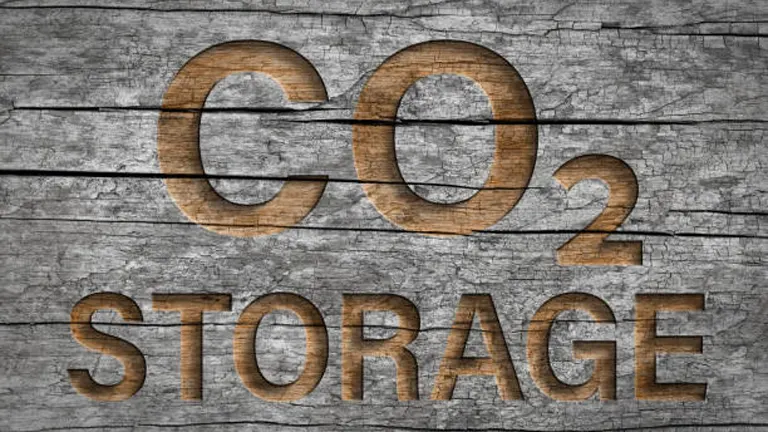
Gaining a deeper understanding of how forests store carbon allows us to recognize their essential function in maintaining climate stability. Protecting and restoring forests is therefore vital for sustaining the planet’s ecological balance and mitigating climate change.
What is Carbon Sequestration?
Carbon sequestration involves capturing and storing carbon dioxide from the atmosphere. This process is essential for reducing greenhouse gas concentrations and addressing global warming. Carbon sequestration can occur naturally, such as through biological processes like photosynthesis in plants.
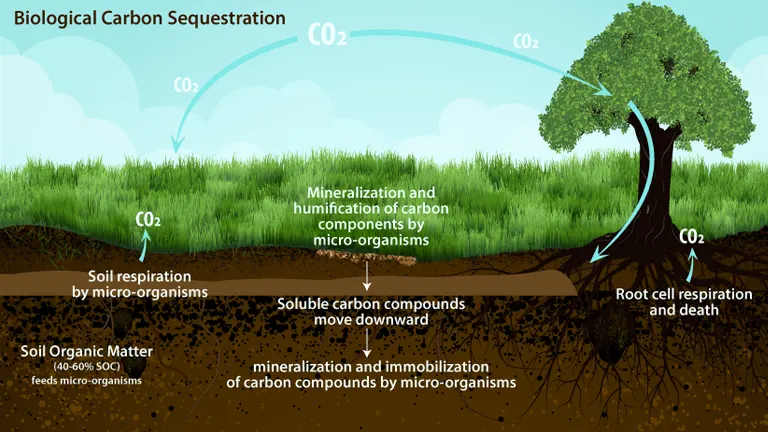
Alternatively, it can be achieved through artificial methods, including technological solutions like carbon capture and storage systems. By effectively managing carbon sequestration, we can significantly mitigate the impacts of climate change.
The Role of Forests Store Carbon
Different types of forests have varying capacities for carbon storage. Tropical rainforests, with their dense vegetation and high biodiversity, are among the most effective at sequestering carbon. Temperate forests, which experience seasonal changes, also play a significant role in carbon storage through their deciduous trees and rich understory.

Boreal forests, located in northern regions, sequester carbon in their coniferous trees and extensive peatlands. Each of these forest types contributes uniquely to carbon sequestration due to their specific species composition and ecological functions.
Carbon Cycle in Forest Ecosystems
In forest ecosystems, the carbon cycle includes two key processes: photosynthesis and respiration. During photosynthesis, trees and plants absorb carbon dioxide from the atmosphere and release oxygen, storing the carbon in their biomass. Conversely, during respiration, both plants and soil microorganisms release carbon dioxide back into the atmosphere as they break down organic matter for energy.
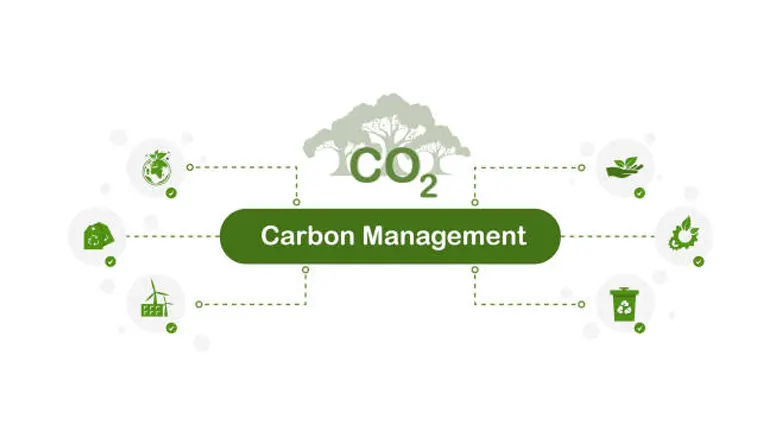
This dynamic exchange of carbon between the forest and the atmosphere is crucial for maintaining the balance of greenhouse gases. Understanding these processes highlights the importance of forests in regulating global carbon levels.
Carbon Pools in Forests
Forests store carbon in several distinct pools, each contributing to the overall capacity of forests to sequester carbon. Understanding these carbon pools is essential for evaluating the role of forests in mitigating climate change. The main carbon pools in forests include:
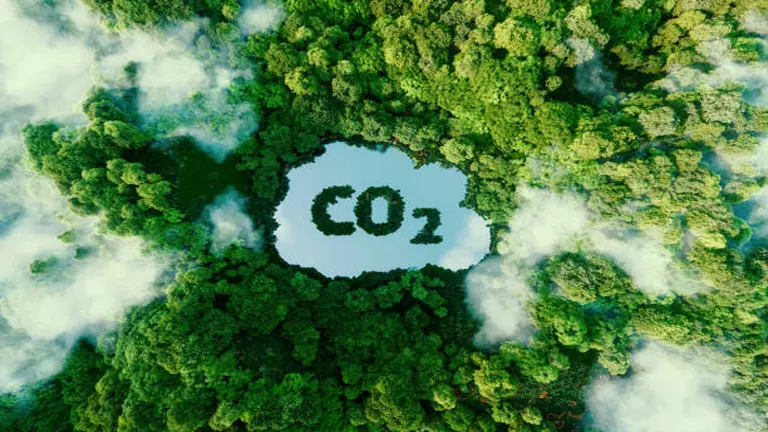
- Aboveground Biomass: Includes living vegetation like trees and shrubs.
- Belowground Biomass: Consists of roots and other subterranean plant parts.
- Deadwood: Comprises fallen trees and branches.
- Soil: Contains organic carbon from decomposed plant and animal material.
The Importance of Tree Species Diversity
Diverse tree species enhance a forest’s ability to store carbon efficiently. Different species contribute variously to the carbon storage capacity of the forest, each bringing unique attributes that support overall carbon sequestration. For example, some trees grow quickly and capture large amounts of carbon in a short time, while others have long lifespans and store carbon over extended periods.
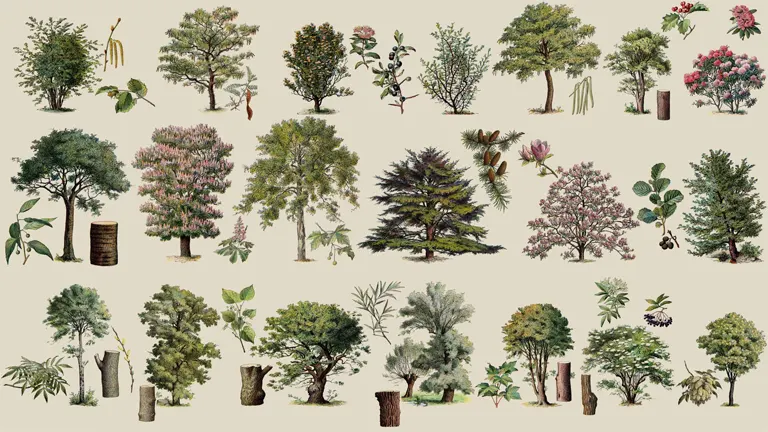
This diversity not only maximizes carbon storage but also supports a more resilient ecosystem, as varied species can better withstand diseases, pests, and environmental changes. Ultimately, maintaining a high level of tree species diversity is essential for the sustainability and effectiveness of forest carbon sequestration efforts.
Afforestation and Reforestation
Planting new forests, known as afforestation, and restoring lost forests, known as reforestation, are critical strategies for increasing global carbon sequestration. These efforts involve establishing trees on previously non-forested lands or replanting areas where forests have been depleted. By absorbing carbon dioxide from the atmosphere, newly planted and restored forests help offset carbon emissions and contribute to climate change mitigation.
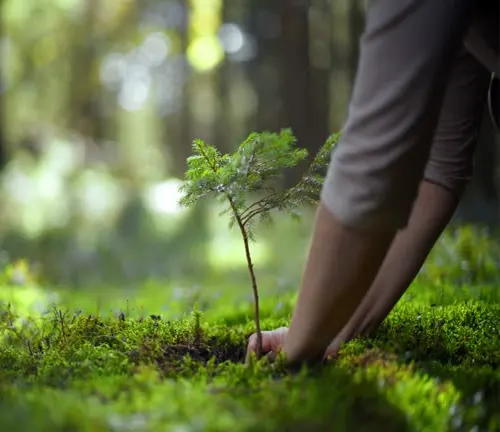

Additionally, these practices restore degraded lands, improving soil health, biodiversity, and ecosystem resilience. Through afforestation and reforestation, we can enhance the planet’s capacity to sequester carbon and foster healthier, more sustainable environments.
Deforestation and Its Impact on Carbon Storage
Deforestation, driven by agricultural expansion and urban development, significantly reduces the planet’s carbon storage capacity. When forests are cleared, the carbon stored in trees and soil is released back into the atmosphere, contributing to increased greenhouse gas levels. This release of stored carbon disrupts the natural carbon balance, exacerbating climate change.
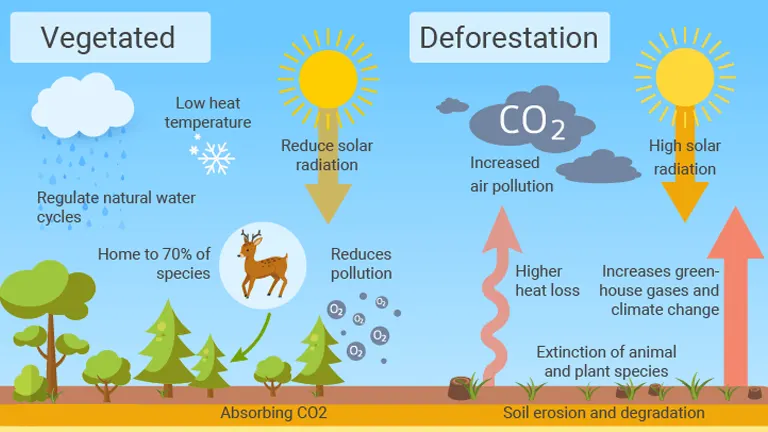
Furthermore, deforestation eliminates the ongoing carbon sequestration potential of these forests, as there are fewer trees to absorb carbon dioxide from the atmosphere. The loss of forests not only impacts carbon storage but also leads to biodiversity loss and ecosystem degradation, highlighting the urgent need to combat deforestation.
Forest Degradation
Degradation, caused by logging, fires, and pests, diminishes a forest’s ability to sequester carbon. When forests are degraded, their structural integrity and biological functions are compromised, leading to reduced carbon storage capacity. Degraded forests often have fewer trees and lower biomass, which directly impacts their ability to capture and store carbon dioxide from the atmosphere.

Restoring these forests is essential to revitalize their carbon storage functions and improve ecosystem health. Effective restoration practices can rehabilitate degraded areas, enhancing biodiversity, soil quality, and the forest’s overall resilience, thereby restoring its vital role in carbon sequestration.
Restoration of Degraded Forests
Methods such as assisted natural regeneration and planting native species are effective in restoring degraded forests. Assisted natural regeneration involves protecting and nurturing the natural regrowth of native vegetation, allowing forests to recover with minimal human intervention. Planting native species, on the other hand, involves actively reintroducing indigenous plants that are well-adapted to the local environment, which promotes healthy forest ecosystems.
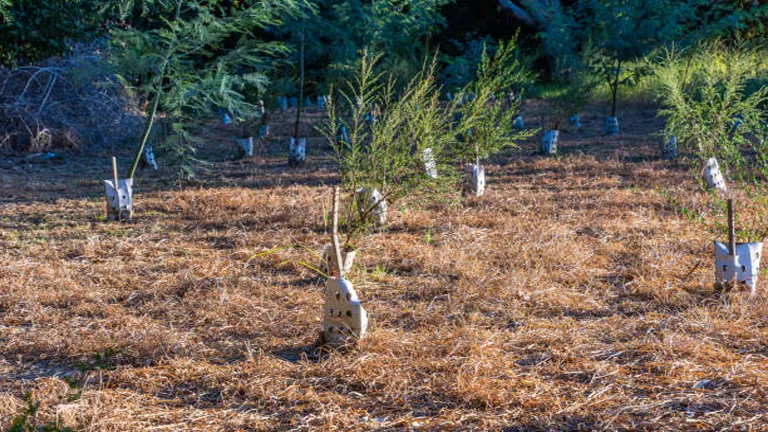
Both methods enhance biodiversity by supporting a wide range of plant and animal species. Additionally, these restoration techniques improve carbon sequestration by increasing the number of trees and enhancing the overall biomass of the forest, thereby contributing to climate change mitigation efforts.
Forest Conservation
Conserving existing forests is crucial for maintaining carbon stocks. Protection efforts are essential in preventing deforestation and degradation, ensuring that these forests continue to function effectively as carbon sinks. By safeguarding existing forests, we preserve the carbon stored in their biomass and soil, preventing the release of this carbon into the atmosphere.
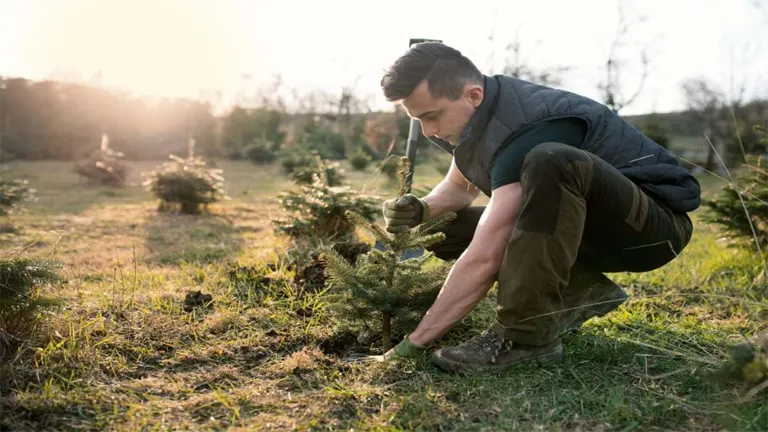
Conservation strategies include creating protected areas, enforcing anti-logging laws, and promoting sustainable land-use practices. These efforts help maintain the ecological integrity of forests, supporting their role in sequestering carbon and mitigating climate change while also preserving biodiversity and ecosystem services.
Climate Change and Forests
Forests and climate change are closely linked, with each significantly influencing the other. Forests can mitigate climate change by sequestering carbon dioxide from the atmosphere, thus reducing the overall concentration of greenhouse gases. However, forests are also highly vulnerable to the impacts of climate change, such as increased temperatures, altered precipitation patterns, and more frequent extreme weather events.
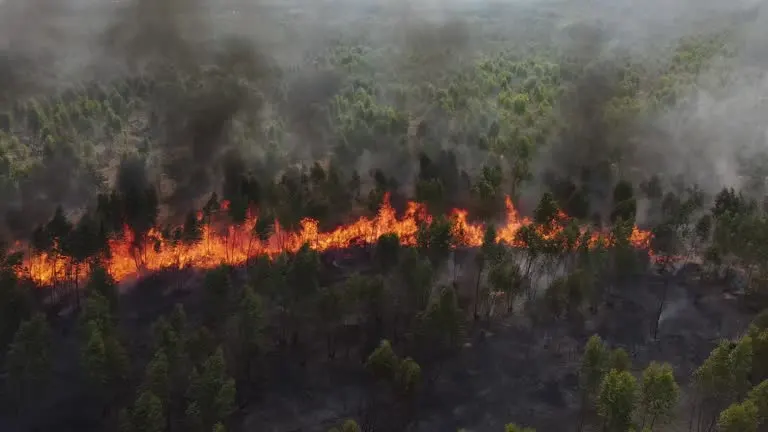
These changes can stress forest ecosystems, making them more susceptible to pests, diseases, and wildfires, which in turn can reduce their capacity to store carbon. Consequently, protecting and managing forests effectively is essential for both mitigating climate change and ensuring the resilience of forest ecosystems.
Global Forest Carbon Stocks
Carbon stocks are unevenly distributed globally, with tropical forests holding the most significant shares. These forests, found in regions such as the Amazon, Congo Basin, and Southeast Asia, have high biomass density and rapid growth rates, enabling them to sequester large amounts of carbon. Monitoring these carbon stocks is crucial for tracking changes over time, understanding the impacts of deforestation and degradation, and planning effective conservation strategies.
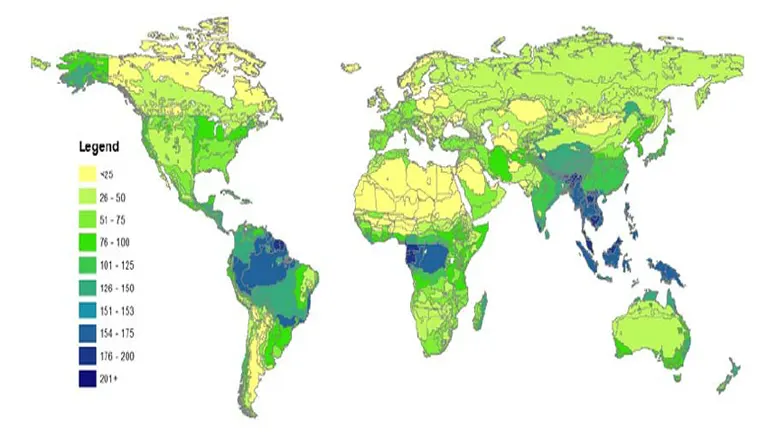
Advanced technologies like remote sensing and satellite imagery are often used to measure and monitor these stocks accurately. By keeping a close watch on global carbon stocks, we can make informed decisions to protect and enhance the carbon sequestration capabilities of forests worldwide.
Measuring Forest Carbon Storage
Techniques like forest inventories, remote sensing, and modeling are essential for measuring forest carbon storage. Forest inventories involve on-the-ground surveys to quantify the amount of biomass and carbon in trees and soil. Remote sensing uses satellite imagery and aerial photography to collect data on forest cover, biomass density, and changes over time.
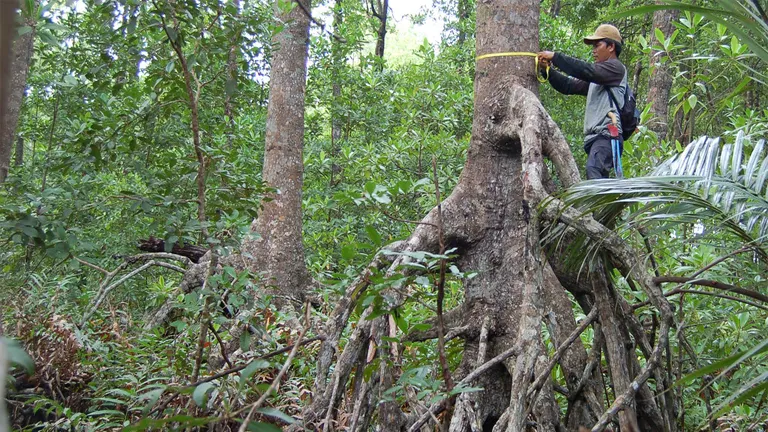
Modeling combines data from inventories and remote sensing with computational methods to estimate carbon stocks and project future changes. Accurate measurements from these techniques are vital for assessing the effectiveness of carbon sequestration efforts, guiding forest management practices, and shaping policies aimed at climate change mitigation.
Remote Sensing and GIS in Carbon Monitoring
Advanced technologies such as remote sensing and Geographic Information Systems (GIS) provide detailed data on forest cover and carbon storage, facilitating better management and conservation practices. Remote sensing involves the use of satellites and aerial sensors to capture high-resolution images and data on forest health, biomass, and changes over time. GIS technology allows for the integration and analysis of spatial data, helping to map and monitor forest carbon stocks across large areas.
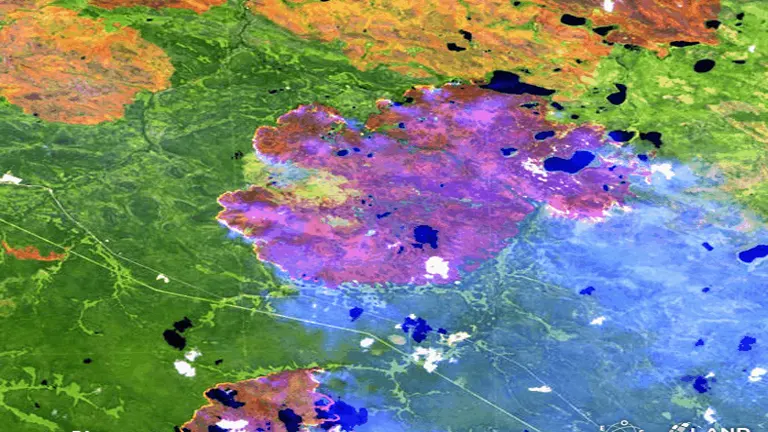
These tools enable scientists and policymakers to detect deforestation, assess forest degradation, and plan restoration activities with greater precision. By leveraging remote sensing and GIS, we can improve the accuracy of carbon monitoring and enhance efforts to conserve and manage forest resources effectively.
Economic Benefits of Forest Carbon Storage
Forests provide ecosystem services that significantly benefit the economy, including the generation of carbon credits that can be traded in carbon markets. By sequestering carbon, forests help mitigate climate change, and the carbon credits generated from these activities can be sold to companies and countries looking to offset their carbon emissions. These financial incentives create economic value for forest conservation and restoration projects, encouraging sustainable practices.
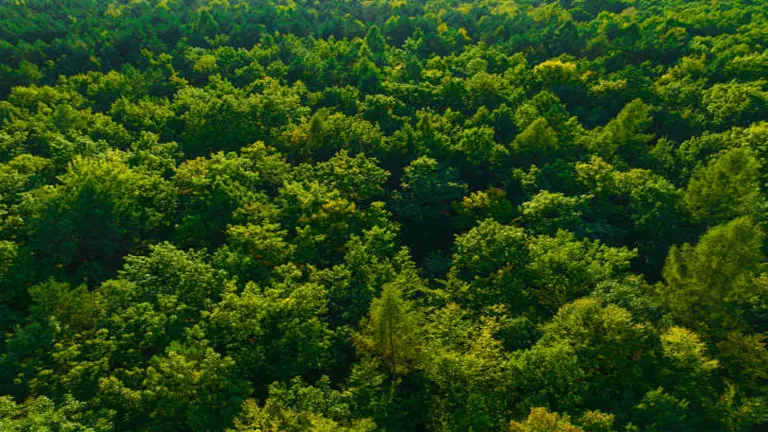
Additionally, forests contribute to other ecosystem services, such as water purification, soil stabilization, and biodiversity conservation, which further enhance their economic importance. By recognizing and monetizing these benefits, we can promote greater investment in forest preservation and restoration initiatives.
Challenges in Forest Carbon Storage
Despite the numerous benefits, several challenges hinder forest carbon storage efforts. Technical difficulties in accurately measuring and monitoring carbon sequestration pose significant hurdles, as reliable data is crucial for assessing the effectiveness of these efforts. Socio-economic barriers, such as the lack of financial resources and competing land-use demands, often limit the implementation of conservation and restoration projects.
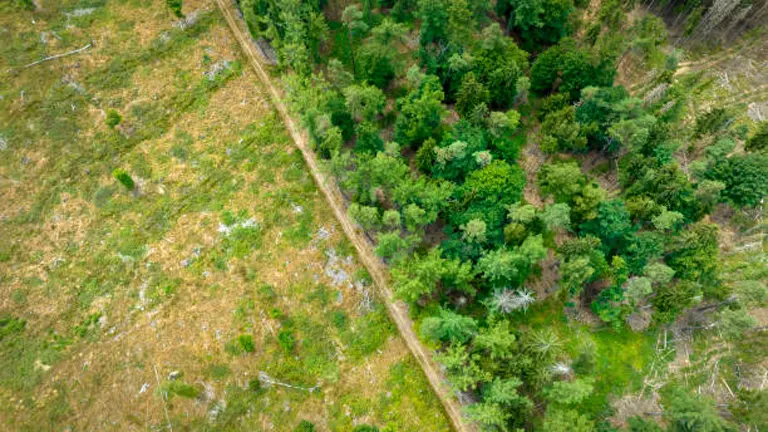
Political obstacles, including insufficient policies, weak enforcement, and lack of international cooperation, further complicate efforts to protect and enhance forest carbon stocks. Addressing these challenges requires coordinated action, investment in advanced technologies, and strong policy frameworks to support sustainable forest management.
Future Directions in Forest Carbon Research
Emerging trends in forest carbon research are focused on several key areas aimed at enhancing our understanding and management of forest carbon sequestration. One major focus is improving sequestration techniques, including the development of innovative afforestation and reforestation methods that maximize carbon capture. Additionally, researchers are developing new technologies for monitoring forest carbon, such as advanced remote sensing tools and machine learning algorithms, which provide more accurate and comprehensive data.
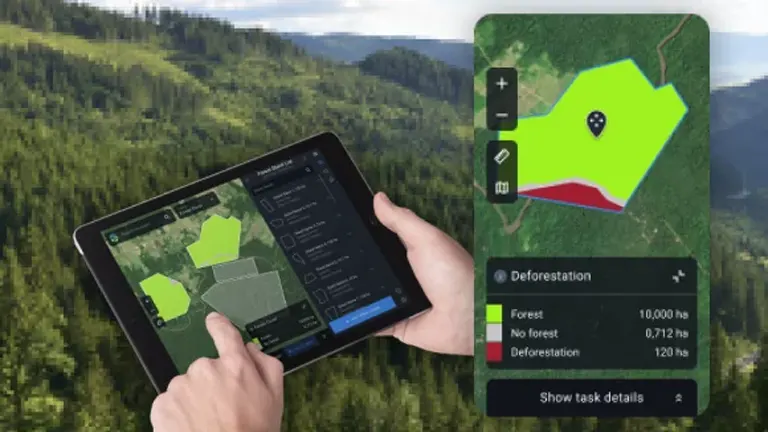
Another critical area of research is understanding the complex interactions between forests and climate change, including how changing climate conditions affect forest health and carbon storage capacity. By advancing these areas of study, scientists aim to develop more effective strategies for leveraging forests in the fight against climate change.
- Forest Management Practices: Effective forest management practices, such as sustainable logging and controlled burns, can significantly enhance carbon sequestration. Sustainable logging involves carefully planned timber harvests that avoid over-extraction and allow forests to regenerate, maintaining their ability to absorb carbon. Controlled burns, when executed correctly, can reduce the risk of severe wildfires by eliminating excess underbrush, thereby preserving the forest structure and its carbon storage capacity. These management techniques ensure that forests remain healthy and resilient, optimizing their potential to store carbon efficiently. By implementing these practices, we can support the long-term sustainability of forest ecosystems and their crucial role in mitigating climate change.
- Mechanisms of Carbon Storage in Forests: Carbon storage in forests occurs through both biological and physical processes. Biologically, trees and plants capture carbon dioxide from the atmosphere during photosynthesis, converting it into organic matter that becomes part of their biomass. Physically, carbon is also stored in the soil as organic matter accumulates from decomposing plant material and root systems. These combined mechanisms allow forests to sequester carbon effectively and retain it for extended periods. Consequently, forests play a vital role in maintaining long-term carbon storage and mitigating the impacts of climate change.
- Policy and Legislation: International agreements, like the Paris Agreement, and national policies play a crucial role in supporting forest conservation and carbon sequestration. The Paris Agreement, for instance, encourages countries to include forest conservation and reforestation in their climate action plans, recognizing the vital role forests play in mitigating climate change. National policies often provide specific guidelines and incentives for sustainable forest management, afforestation, and reforestation projects. These frameworks foster international cooperation and commitment, ensuring that countries work together to preserve and restore their forests. By implementing and adhering to these policies, nations can enhance their efforts to sequester carbon and protect vital forest ecosystems.
Conclusion
Forests are indispensable in the fight against climate change, offering a natural solution through carbon sequestration. Protecting and restoring forests not only mitigates carbon emissions but also supports biodiversity and ecosystem health. By understanding and enhancing the mechanisms of carbon storage in forests, we can ensure a sustainable future for our planet.
FAQs
- How do forests sequester carbon? Forests sequester carbon through the process of photosynthesis, where trees absorb carbon dioxide from the atmosphere and store it in their biomass and soil.
- Why is tree species diversity important in carbon storage? Tree species diversity enhances carbon storage because different species have varying capacities to sequester carbon and contribute to a more resilient ecosystem.
- What are the primary threats to forest carbon storage? The main threats include deforestation, forest degradation, climate change, and invasive species, all of which reduce the capacity of forests to store carbon.
- How can forest management practices improve carbon sequestration? Sustainable forest management practices, such as controlled logging and fire management, maintain healthy forests and optimize their carbon storage potential.
- What is the difference between afforestation and reforestation? Afforestation involves planting forests on previously non-forested land, while reforestation is the process of restoring forests on lands where forests have been cut or degraded.
- How do economic incentives support forest conservation? Economic incentives, like carbon credits and payments for ecosystem services, provide financial benefits for conserving and restoring forests, promoting sustainable practices.
- What role do local communities play in forest conservation? Local communities are essential in forest conservation as they implement sustainable practices, protect forests from illegal activities, and engage in restoration projects.
- How does deforestation contribute to climate change? Deforestation contributes to climate change by releasing stored carbon into the atmosphere, increasing greenhouse gas concentrations, and disrupting the carbon cycle.
- What technologies are used to monitor forest carbon storage? Technologies such as remote sensing, Geographic Information Systems (GIS), and forest inventories are used to monitor forest carbon storage and assess sequestration efforts.
- How can reforestation efforts be improved? Reforestation efforts can be improved by selecting appropriate native species, involving local communities, ensuring long-term management, and integrating scientific research.
Forests are indispensable in the fight against climate change, offering a natural solution through carbon sequestration. Protecting and restoring forests not only mitigates carbon emissions but also supports biodiversity and ecosystem health. By understanding and enhancing the mechanisms of carbon storage in forests, we can ensure a sustainable future for our planet. It is crucial to address the challenges and leverage emerging trends in forest carbon research to maximize the benefits of forest ecosystems. Collective efforts from international agreements, national policies, community involvement, and innovative technologies are essential to safeguard our forests and harness their full potential in combating climate change.
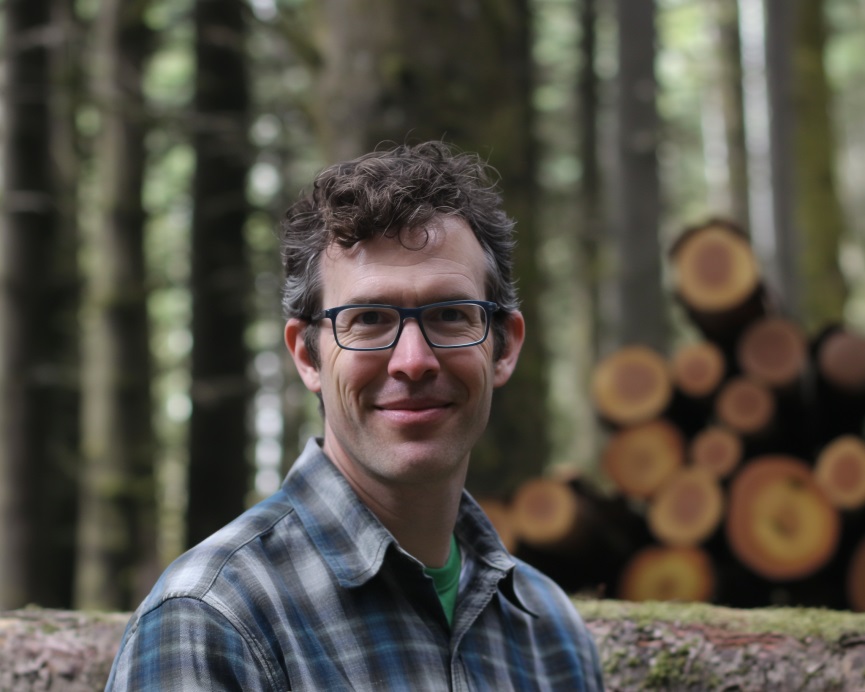
James Wilson
Forestry AuthorJames Wilson has over 15 years of experience in forestry economics, specializing in sustainable practices, investment opportunities, and financial management. He has contributed to notable publications like "Forestry Today" and "EcoFinance Journal" and is known for providing practical and insightful advice. With a degree in Environmental Economics, James stays updated through continuous learning and active participation in industry discussions. Outside work, he enjoys hiking and nature photography, bringing a well-rounded perspective to his professional role.

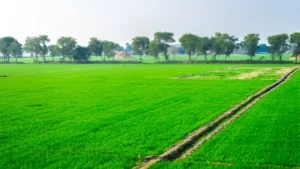
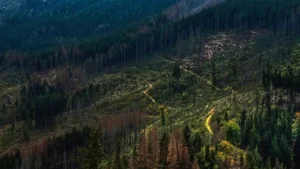
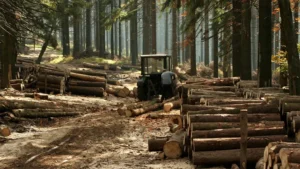

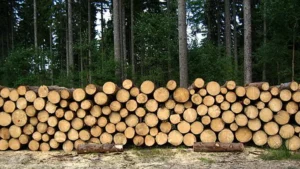
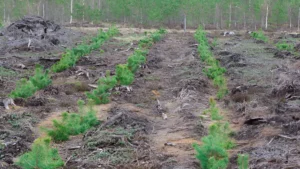
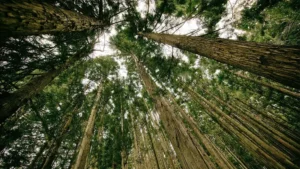

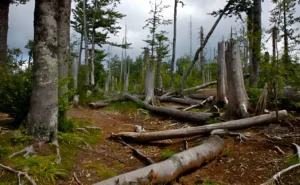
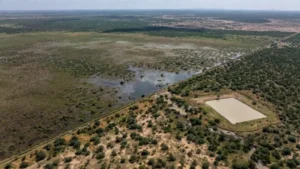
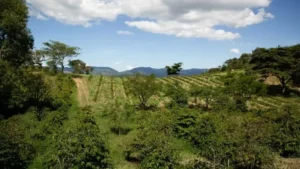

Leave your comment